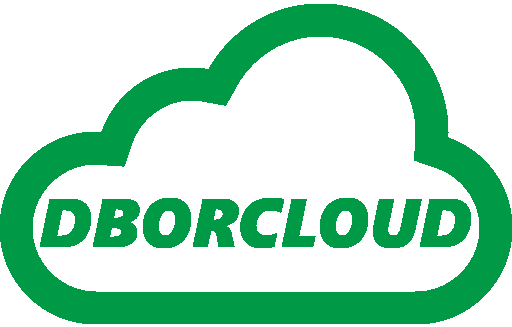What is cloud computing?
Aspects and definition of the SaaS, PaaS, DaaS, IaaS platforms.
What is cloud computing? Possibility of relying on a specialized provider for the management of one or more IT resources that, from that moment on, are provided via the Web through an outsourcing contract.
All this, without the company having to bear the costs of purchasing licenses or machines to take advantage of services indispensable to the business.
the supplier to maintain all the infrastructure necessary to manage and distribute the services based on the request (on demand) and with a pay per use formula. All with a subscription to certain service features (SLA – Service Level Agreement) and security features that guarantee business continuity.
| advantage | disadvantages |
| Thanks to cloud computing, it is possible to avoid purchasing software, hardware, network and cluster systems or the entire data center, reliability and continuity of the service itself, given that the supplier, having as its core business the quality of the cloud offered, will have all the interest to guarantee its service levels. | pay per use |
Platforms, services and specificities:
Software as a Service (SaaS)
SaaS is a software distribution model (management, middleware, e-mail management programs, videoconferencing as well as CRM, Business Intelligence, HR management and so on) modules in which a producer develops, operates (directly or through third parties) and manages a web application, making it available to its customers via the Internet.
Platform as a Service (PaaS)
The term Platform as a Service (PaaS) refers to an offer in which the client company is guaranteed a platform that supports the development of applications in cloud computing. The platform includes programming languages, libraries, services and dedicated tools, entirely developed by the provider.
The elements that make up PaaS allow you to program, test, implement and manage business applications without the costs and complexity associated with purchasing, configuring, optimizing and managing the basic hardware and software needed for development activities.
Platform as a Service (iPaaS)
They integrate with multiple communication protocols (FTP, http, Amqp, Mqtt etc.), they support various data formats (XML, Json, ASN.1 etc.) and standard (Edifact, Swift, HL7 etc.). In addition to the variety of data available today, they also manage speed and volume, which means bulk (massive imports), real-time transactional, streaming (typical of the IoT), big data, structured and non-structured.
Desktop as a Service (DaaS)
desktop virtualization. This allows you to store the configuration of a computer’s operating system as if it were a photograph (snapshot) which allows you to release the same type of configuration in one or more workstations in just a few clicks without having to deal with long installations and manual configurations as it happens with physical desktop stations.
Infrastructure As a Service (IaaS).
Today, providers have been able to offer most of the network in the cloud: in practice, an entire virtual data center can reside on the cloud. This is, in short, the meaning of Iaas – Infrastructure As a Service (IaaS). Cloud computing, in fact, is made up of a group of technologies that are by now so mature that today it is possible to move anything on the cloud: the principle, in fact, is that thanks to a new-generation software programming the physical resources (any physical resource) will transforms into a logical resource. Thus, servers, storage, appliances, switches, security devices, firewalls, routers and so on can be software-developed.
——————————————————————————————————-
Find out: https://www.zerounoweb.it/cloud-computing/cloud-anzi-saas-paas-daas-e-iaas-significato-e-guida-ai-vantaggi-dell-on-demand
ORACLE – API Catalog Cloud Service
https://apicatalog.oraclecloud.com/ui/
